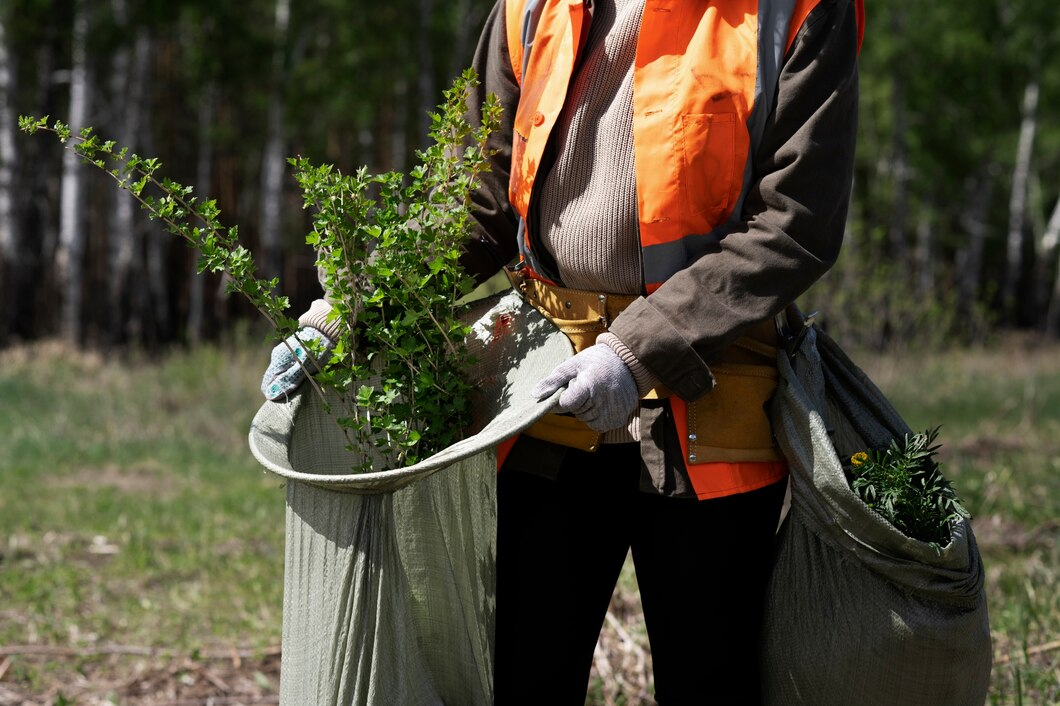
Landscape planning is an intricate dance between preserving natural beauty and enhancing human spaces. At the heart of this delicate balance lies the contentious issue of tree removal. While trees are vital components of any ecosystem, their strategic removal can sometimes be necessary to achieve broader landscape goals. Understanding when and how to approach tree removal is crucial for creating harmonious and sustainable outdoor environments.
Importance of Trees in Landscape Design
Trees are not mere decorations in landscape design; they play multifaceted roles that contribute significantly to the overall aesthetic appeal and ecological health of an area. Here’s how:
- Aesthetic Enhancement: Trees provide visual interest, texture, and seasonal variation that can transform an ordinary space into a picturesque landscape. Their shapes, colors, and foliage add depth and character, enhancing the overall design composition.
- Environmental Benefits: Beyond aesthetics, trees offer critical environmental benefits. They absorb carbon dioxide, mitigate urban heat islands, reduce noise pollution, and provide habitat for wildlife. In urban settings, they improve air quality and contribute to a healthier living environment.
- Functional Uses: Trees serve practical purposes in landscape planning, such as providing shade, windbreaks, privacy screening, and erosion control. Properly positioned trees can lower energy costs by shading buildings in summer and blocking cold winds in winter.
When Tree Removal Becomes Necessary
Despite their numerous benefits, there are situations where tree removal becomes essential for effective landscape planning:
- Health and Safety Concerns: Diseased, dead, or structurally compromised trees pose significant risks. They can drop limbs unexpectedly, potentially causing property damage or injury. Removing such hazardous trees ensures safety within the landscape.
- Space Limitations: In urban and suburban environments, space constraints may necessitate the removal of certain trees to accommodate new construction, utility installations, or infrastructure improvements. Careful planning is crucial to minimize environmental impact and maximize space utilization.
- Aesthetic Considerations: Sometimes, the strategic removal of trees is necessary to achieve specific aesthetic goals or to improve views. Thinning out overly dense tree canopies can enhance light penetration and reveal architectural features or scenic vistas.
- Ecological Balance: In some cases, invasive tree species may threaten native flora and fauna. Removing invasive species can restore ecological balance and support biodiversity conservation efforts.
Sustainable Practices in Tree Removal
To maintain ecological integrity while executing tree removal, it’s essential to adopt sustainable practices:
- Assessment and Planning: Conduct a thorough assessment of the site to determine the health, species, and ecological impact of trees slated for removal. Develop a comprehensive landscape plan that integrates tree removal with replanting strategies to minimize disruption and maintain biodiversity.
- Selective Removal: Practice selective tree removal rather than wholesale clearing. Identify and prioritize trees for removal based on their health, location, and contribution to the overall landscape design goals. Preserve mature, healthy trees whenever possible to maintain ecosystem services.
- Replanting and Restoration: Offset the impact of tree removal by replanting native species or suitable alternatives that align with the landscape design objectives. Consider factors like growth habits, root systems, and maintenance requirements to ensure long-term sustainability.
- Consultation and Compliance: Engage certified arborists, landscape architects, and local authorities to ensure compliance with regulations and best practices in tree removal. Obtain necessary permits and permissions before initiating any removal activities to avoid legal and environmental repercussions.
Case Studies in Effective Landscape Planning
Several successful examples illustrate the integration of tree removal into landscape planning:
- Urban Redevelopment Projects: Cities worldwide are revitalizing urban spaces by strategically removing aging or hazardous trees to make way for green infrastructure, pedestrian-friendly environments, and recreational areas.
- Park and Garden Renovations: Renowned botanical gardens and public parks often undergo periodic renovations that involve careful tree management. These projects aim to balance preservation of heritage trees with modern landscape design principles that cater to diverse visitor needs.
- Private Estate Management: High-end residential estates frequently enlist landscape architects to optimize outdoor spaces by selectively removing trees to enhance views, improve garden aesthetics, and create functional outdoor living areas.
Conclusion
In conclusion, while tree removal may evoke concerns about environmental impact, it is often a necessary component of thoughtful landscape planning. By balancing nature conservation with design innovation, landscape architects can create sustainable, visually appealing environments that meet the needs of both humans and ecosystems. Embracing sustainable practices, selective removal strategies, and thoughtful replanting efforts ensures that future landscapes thrive in harmony with their natural surroundings. Through careful consideration and proactive management, the synergy between tree removal and landscape planning can yield enduring benefits for communities and the environment alike.
